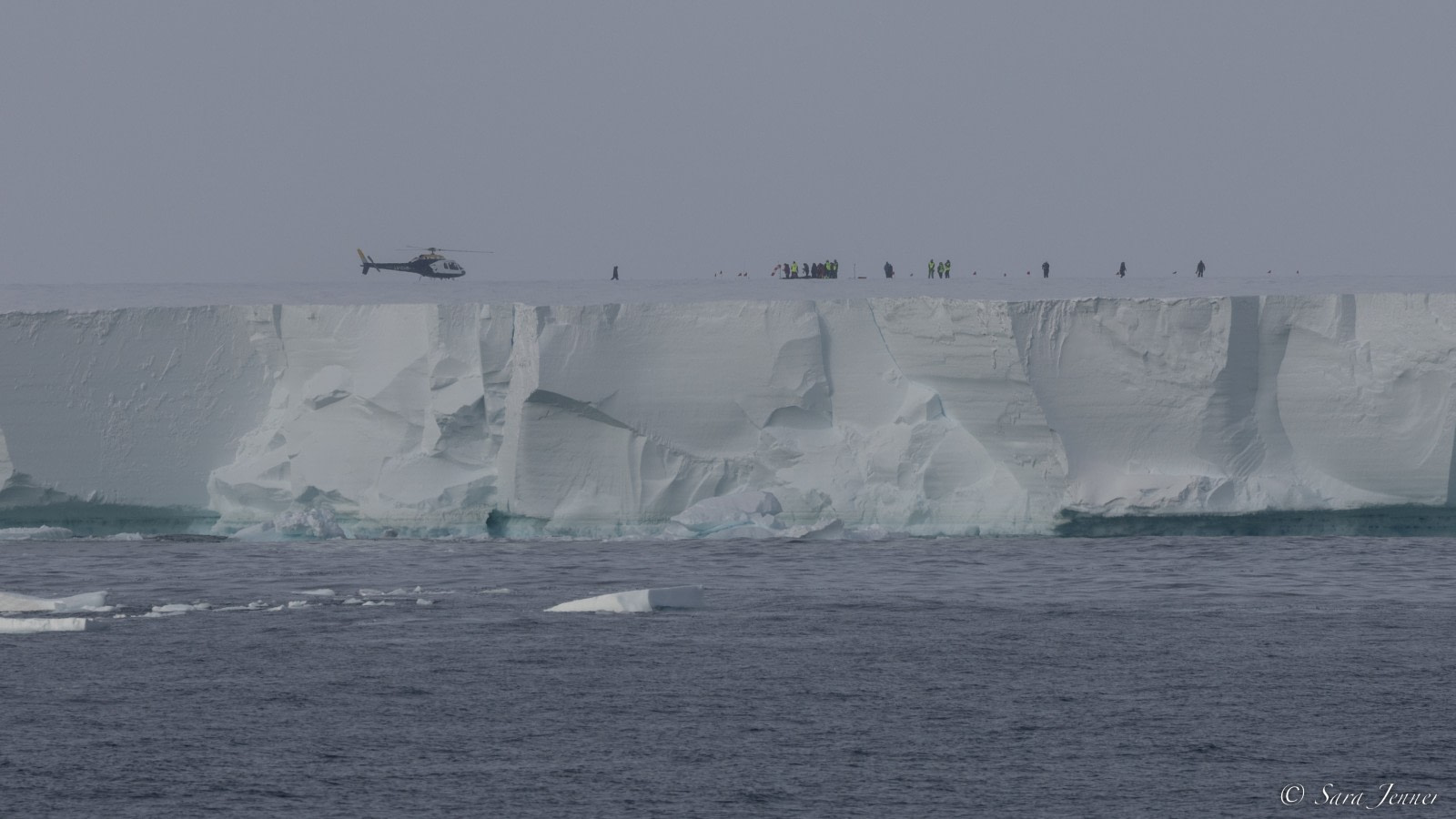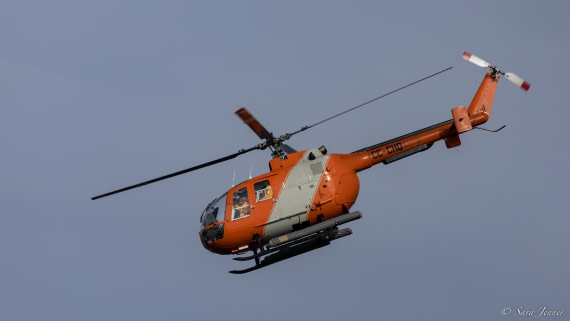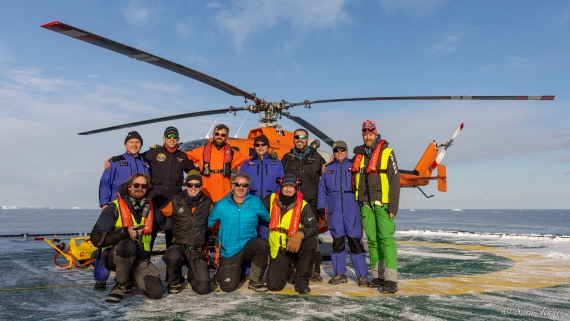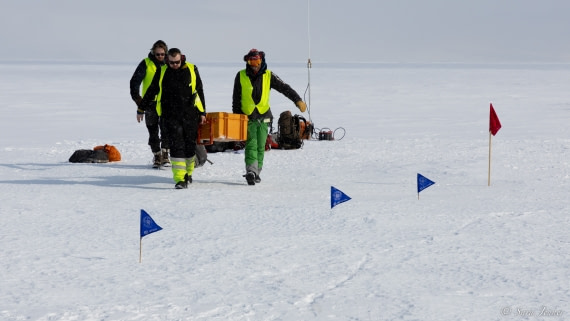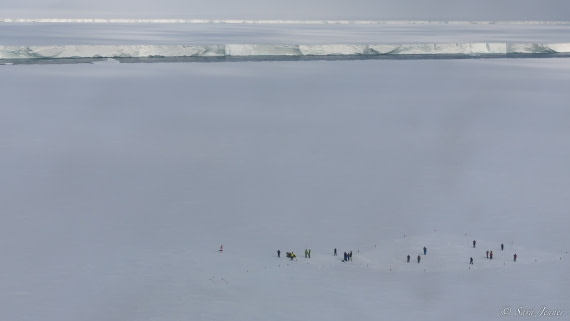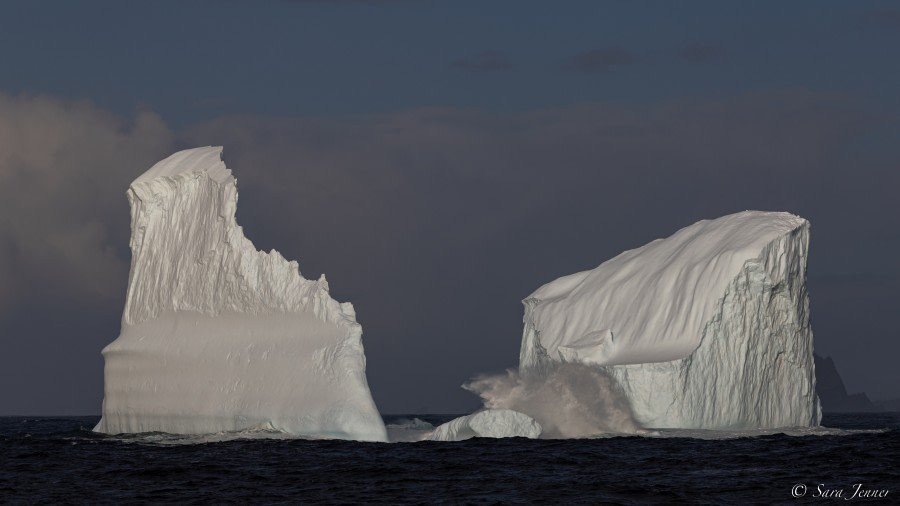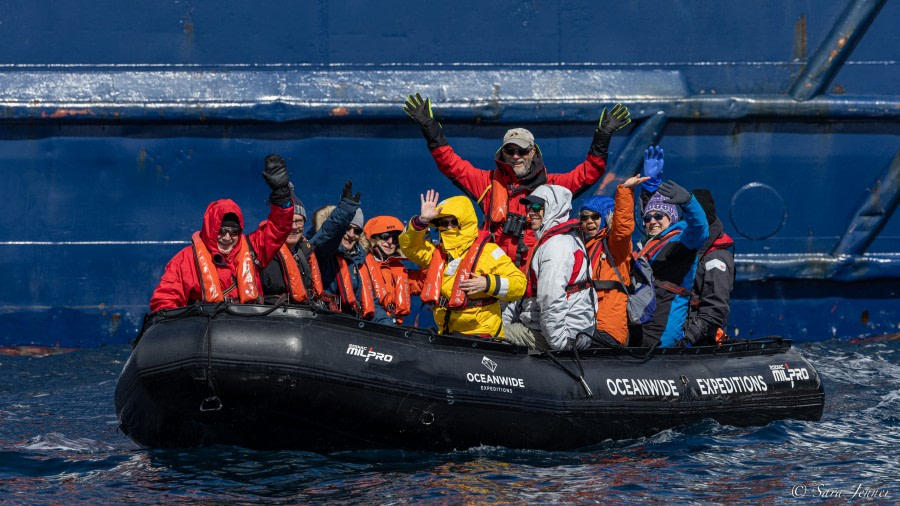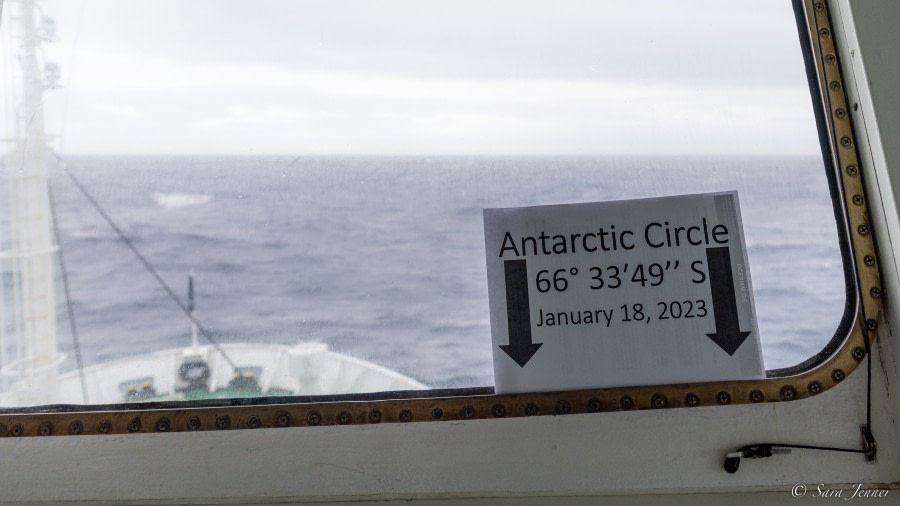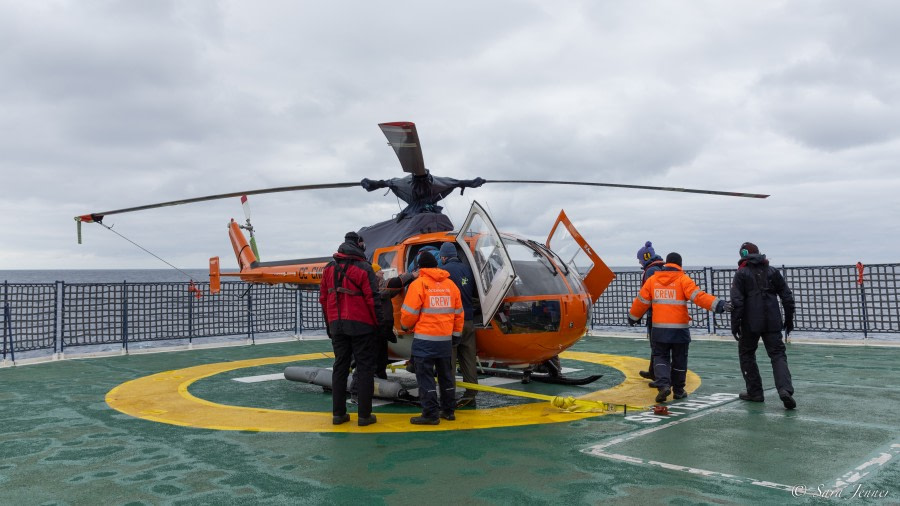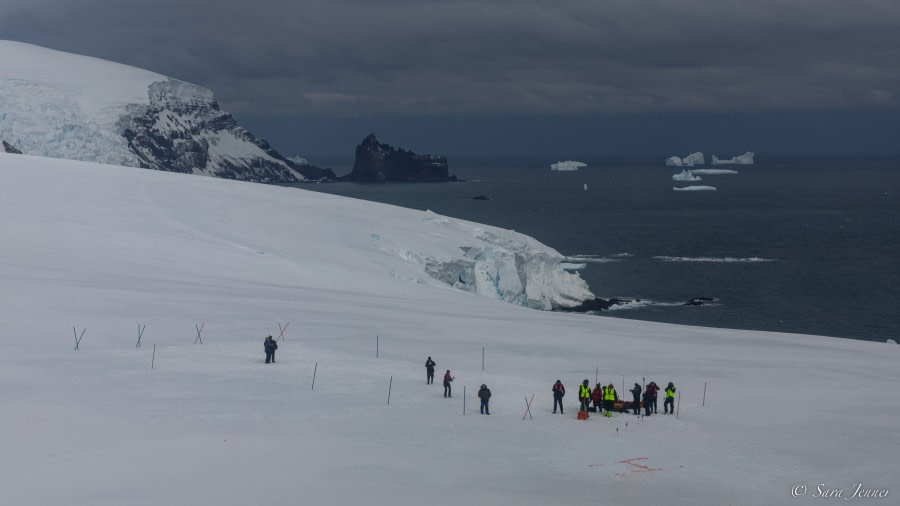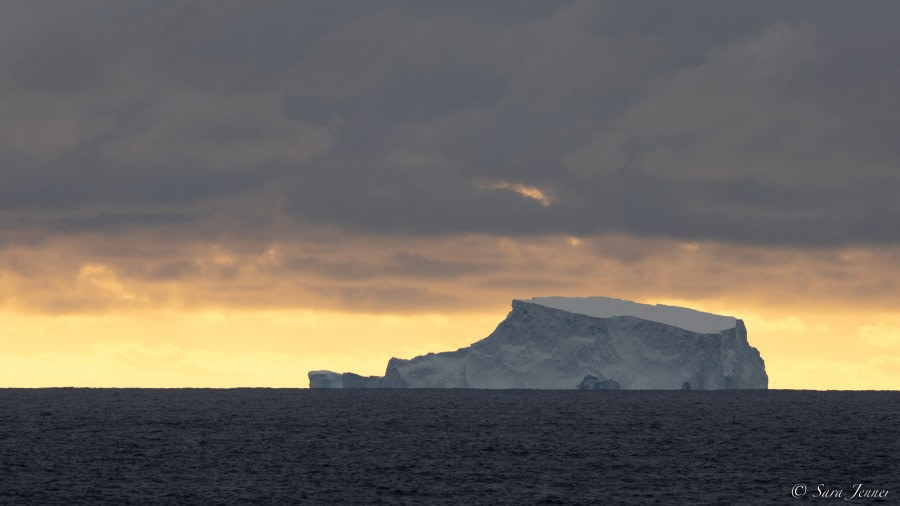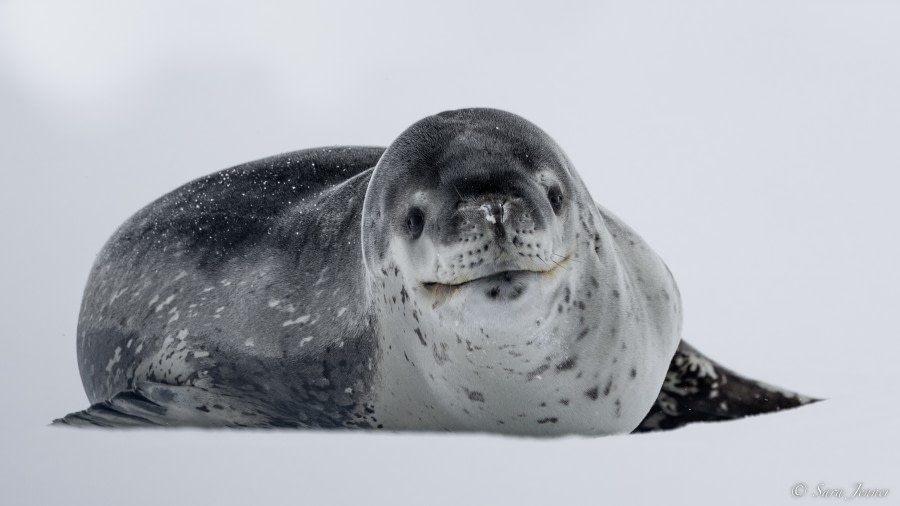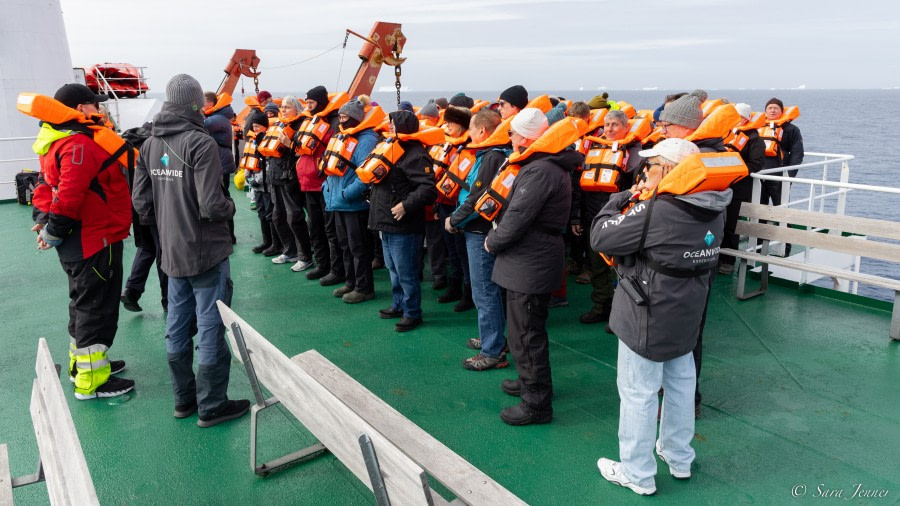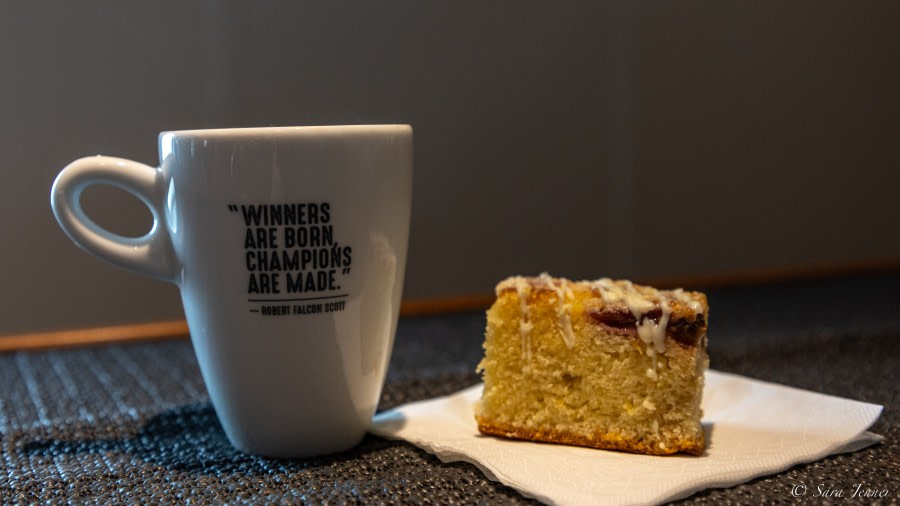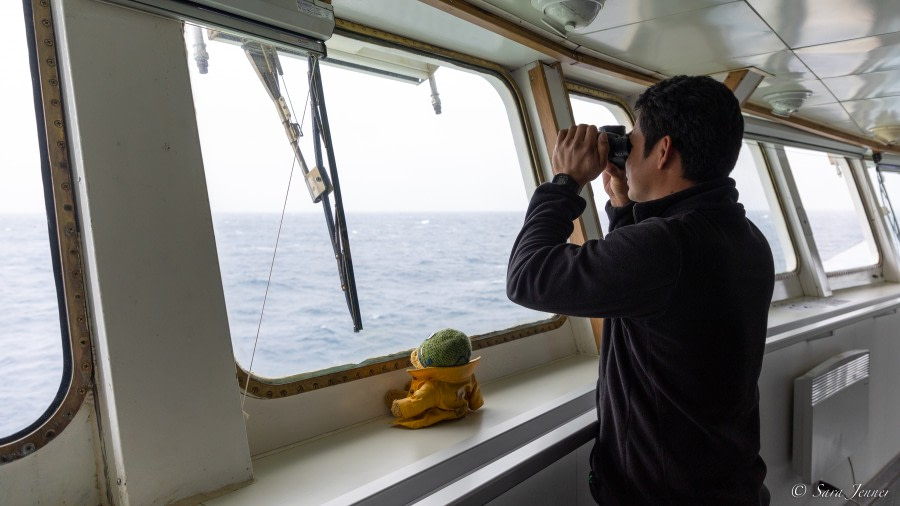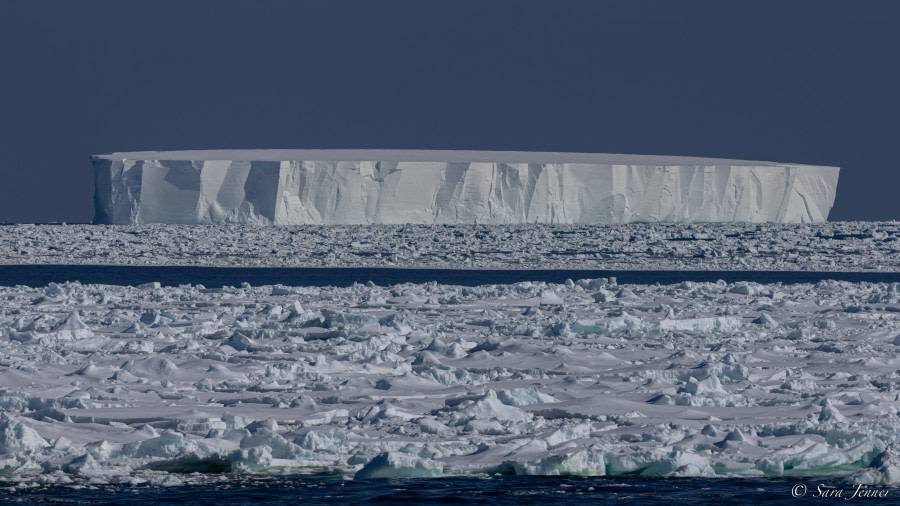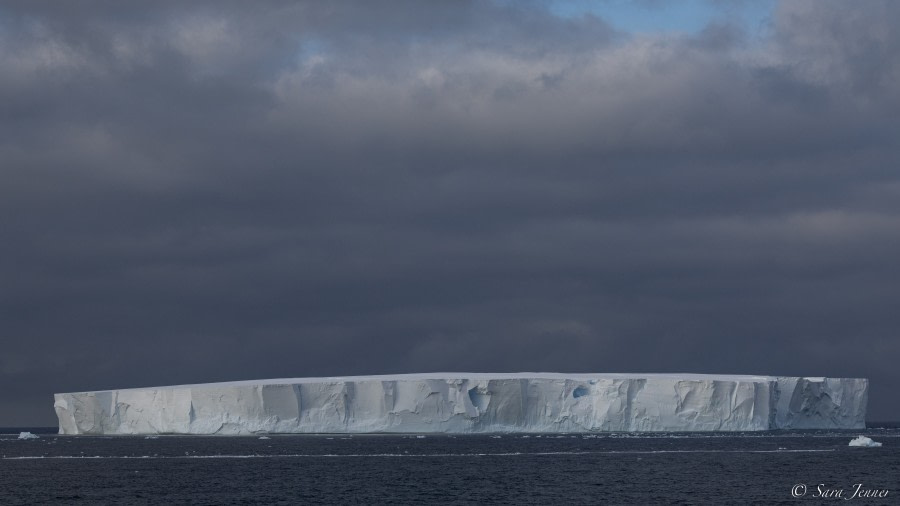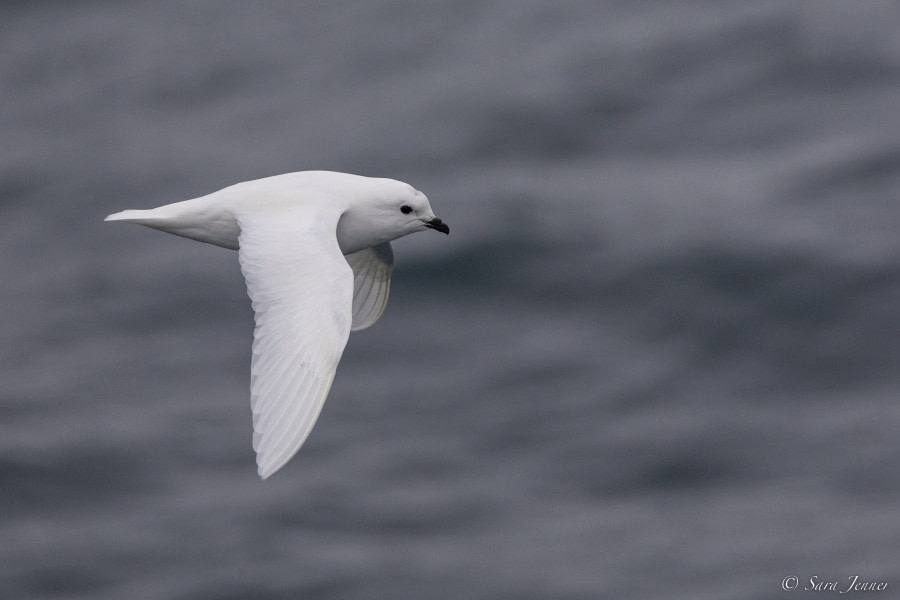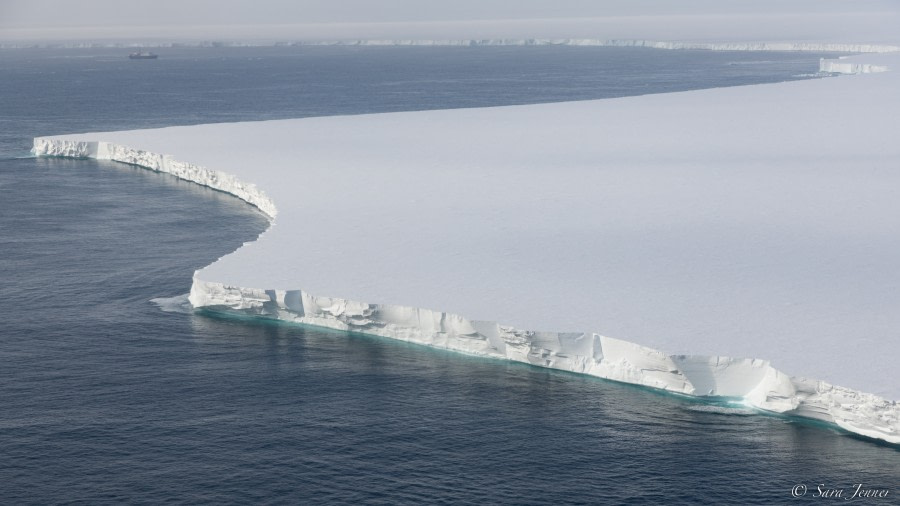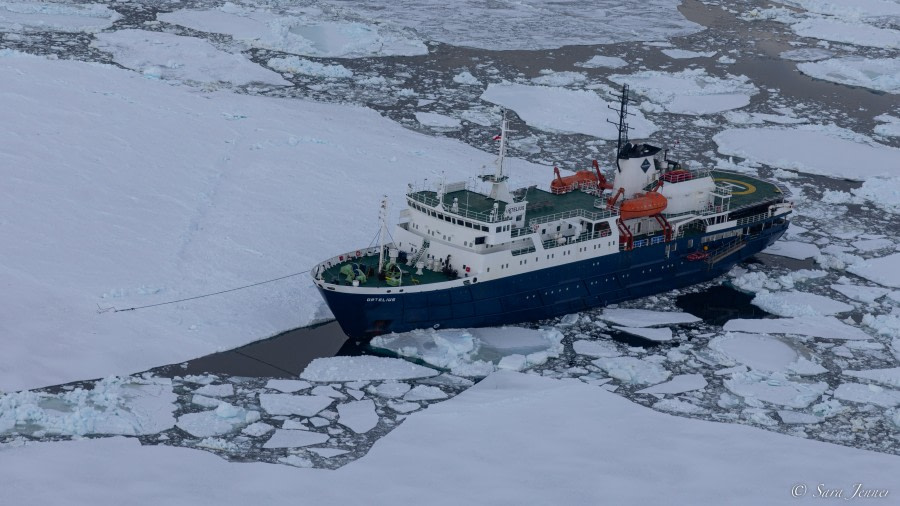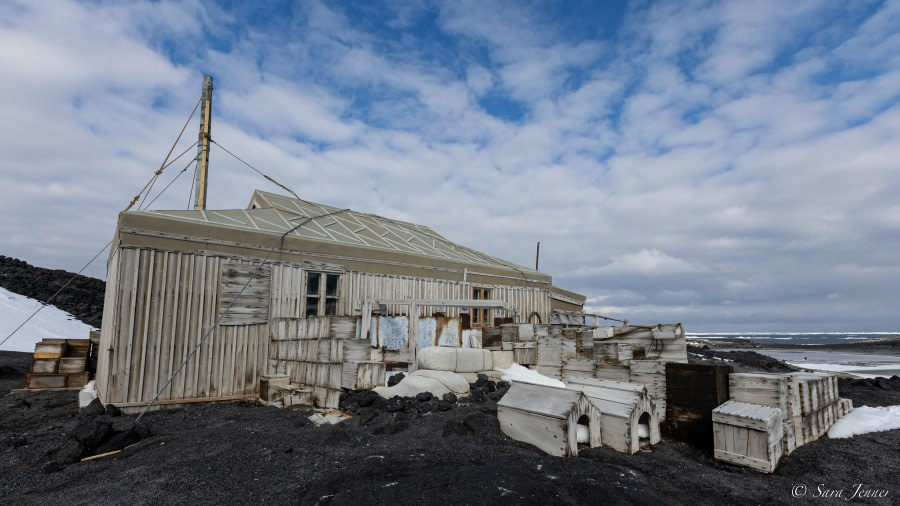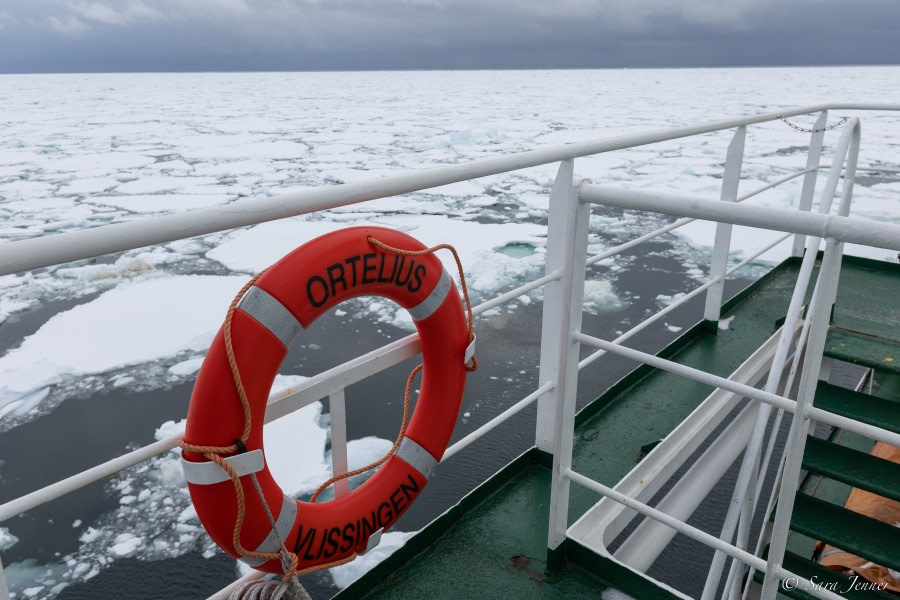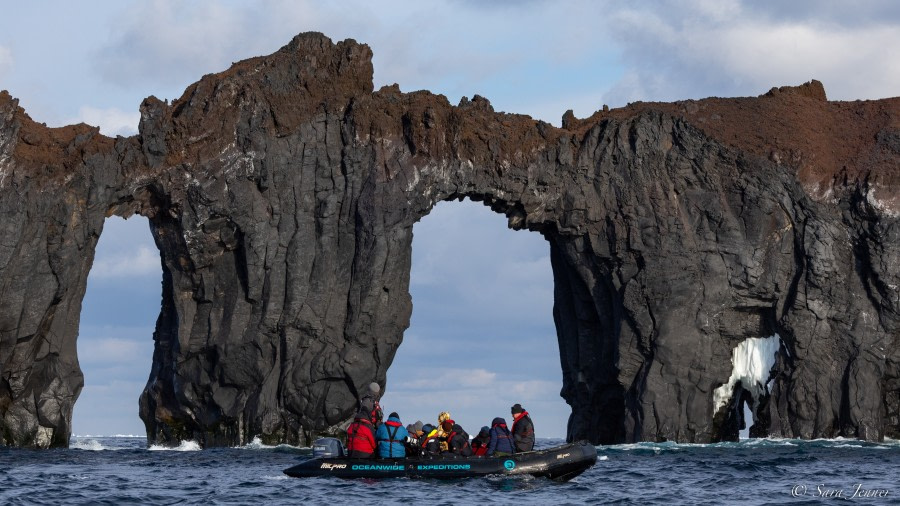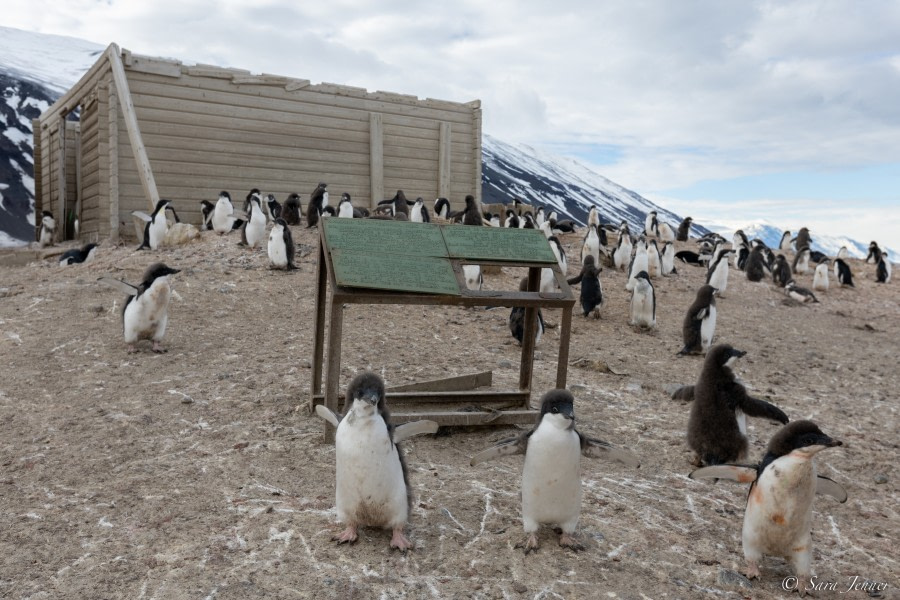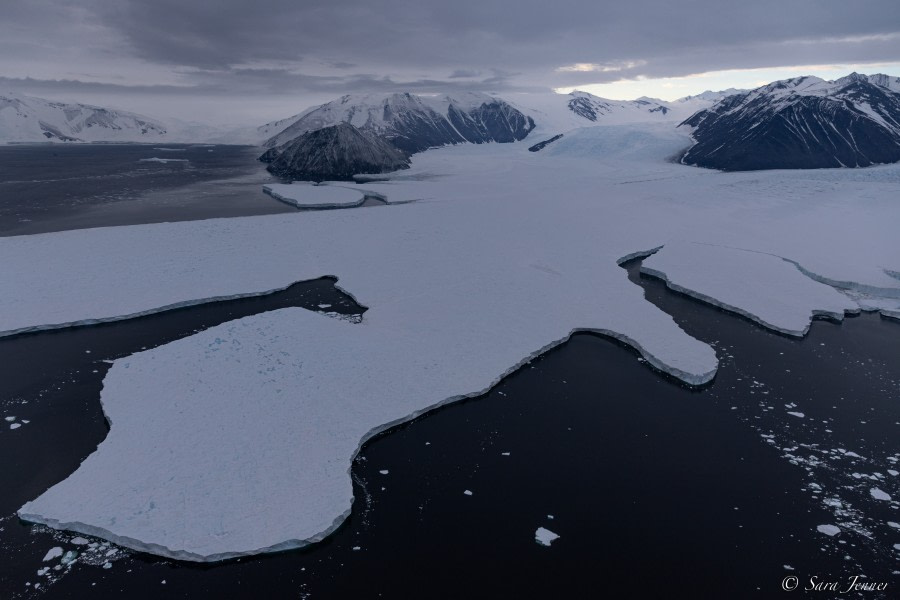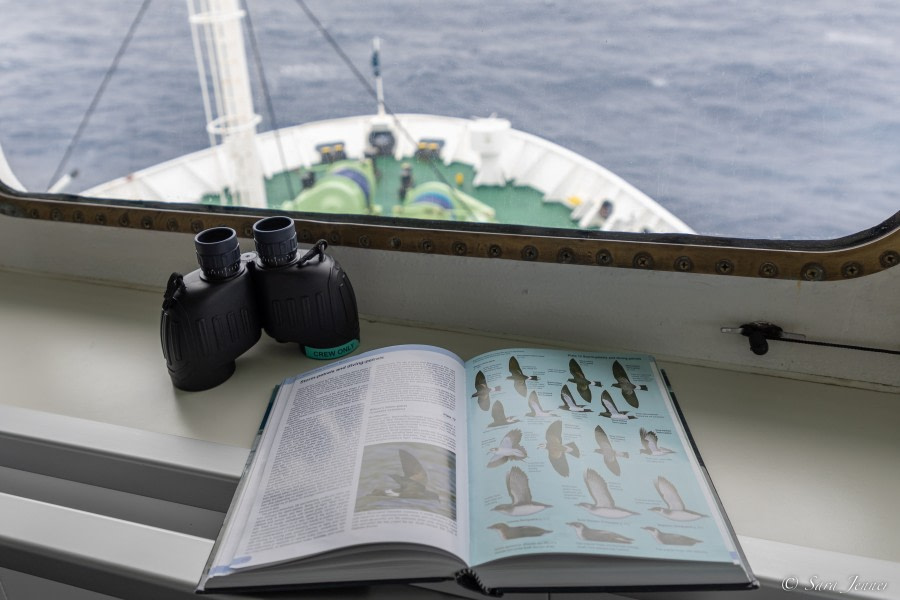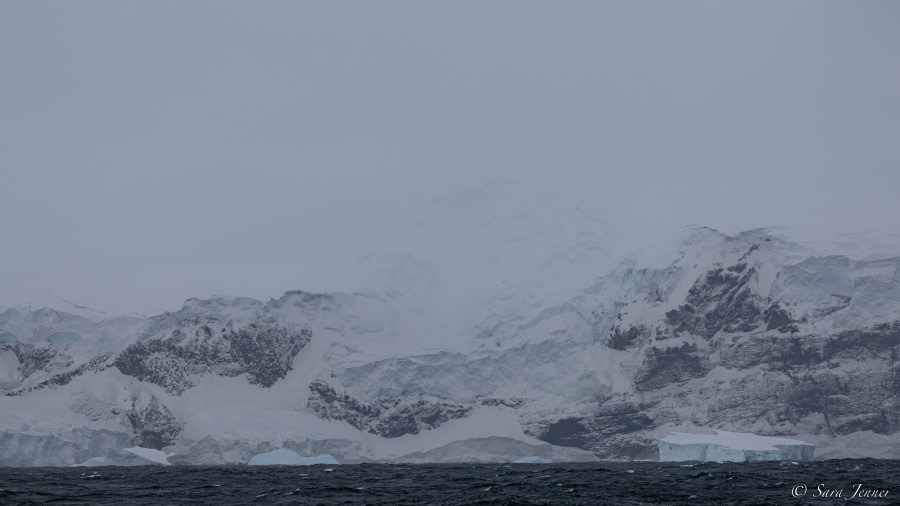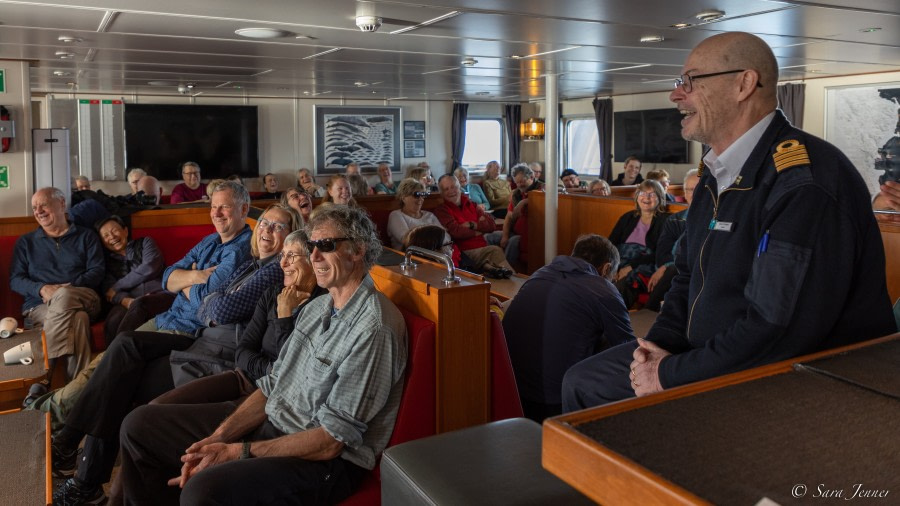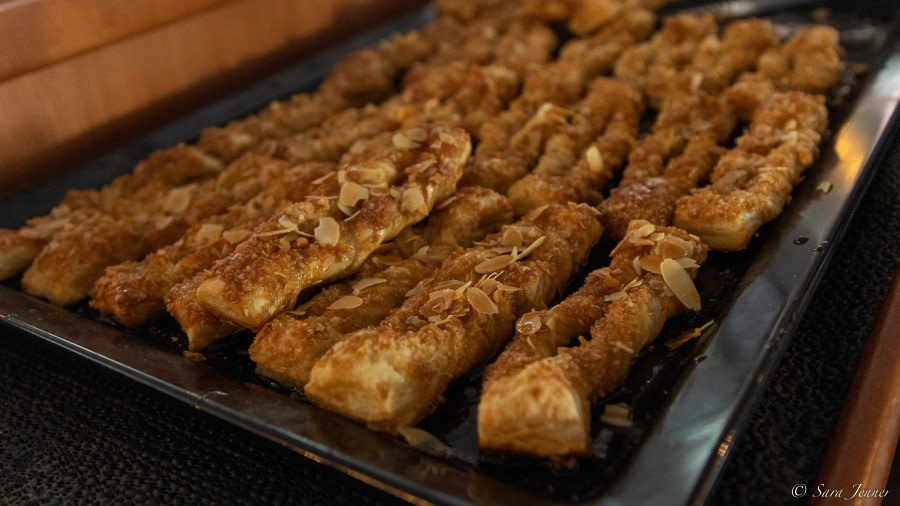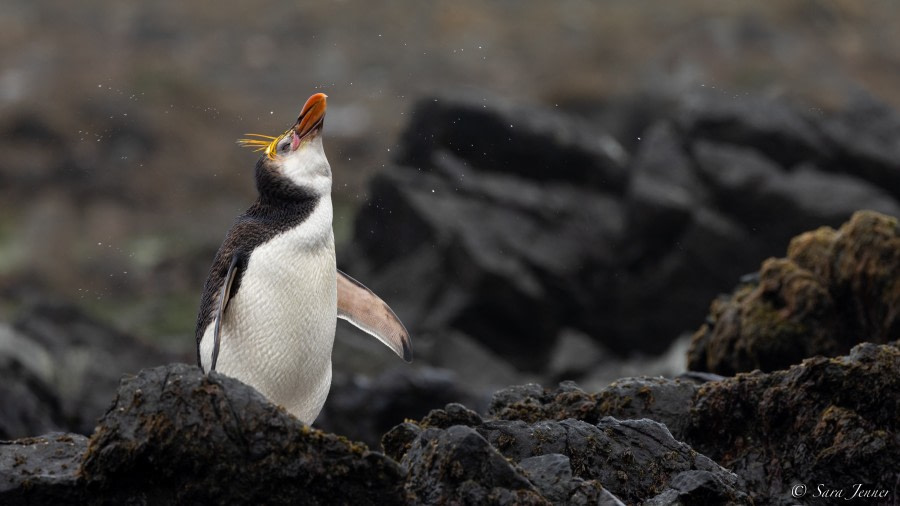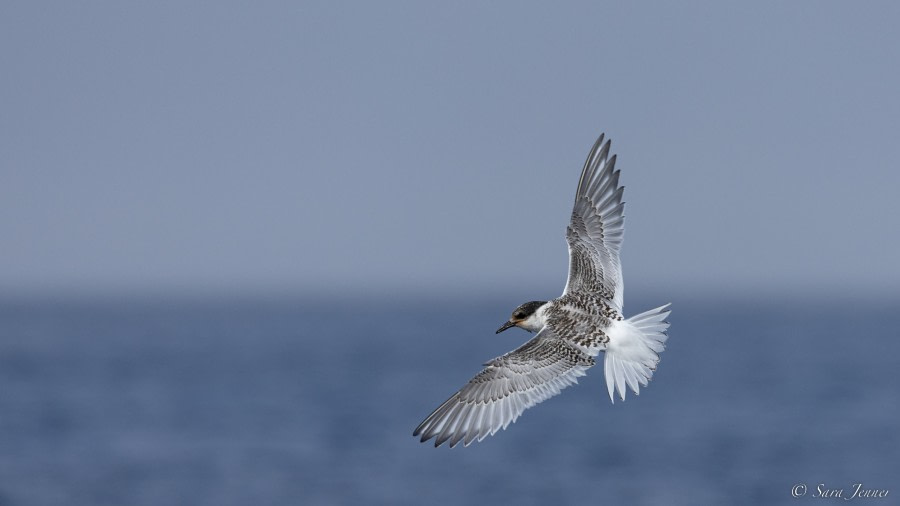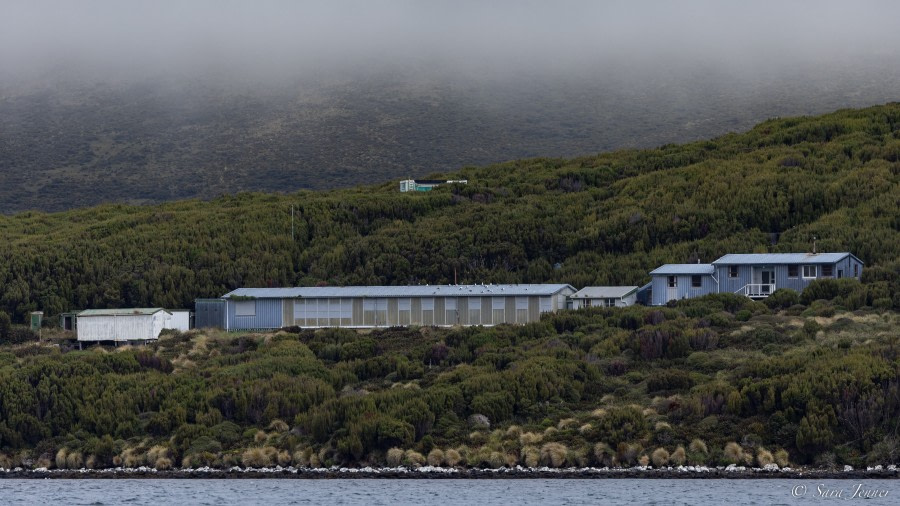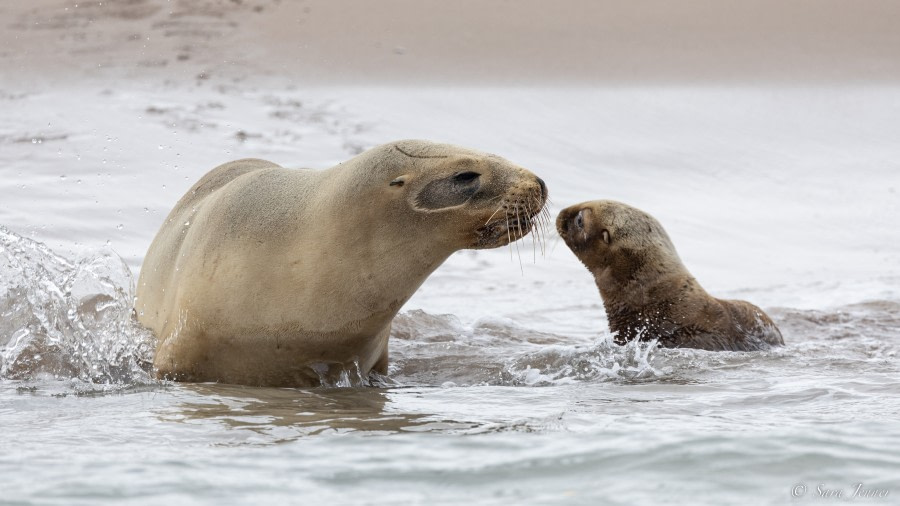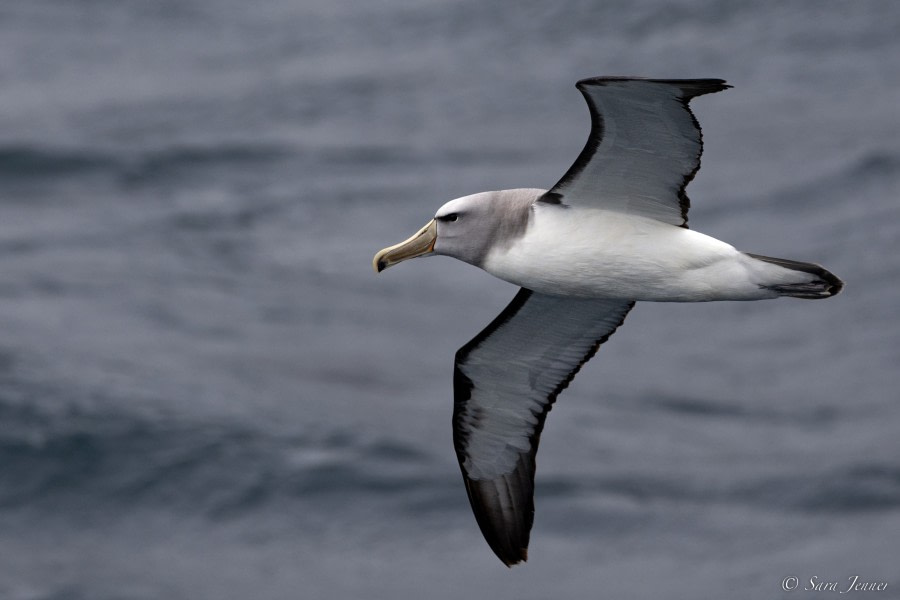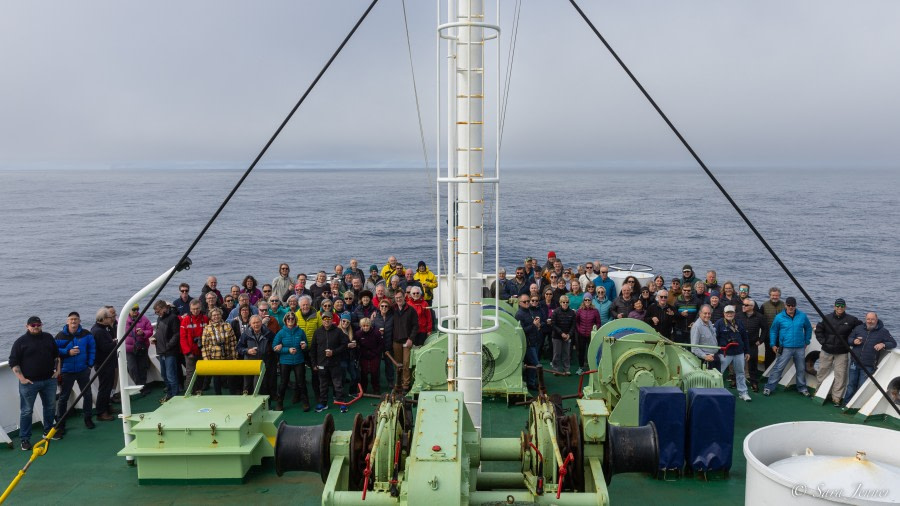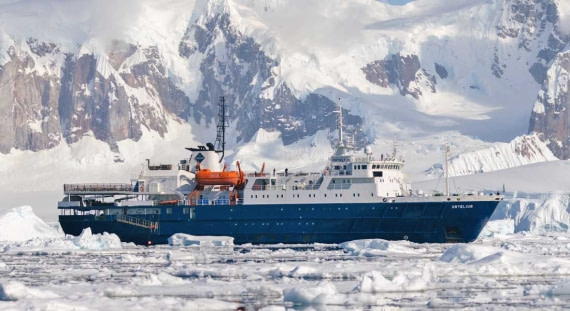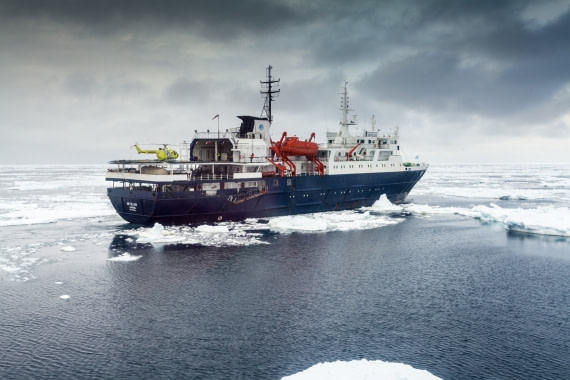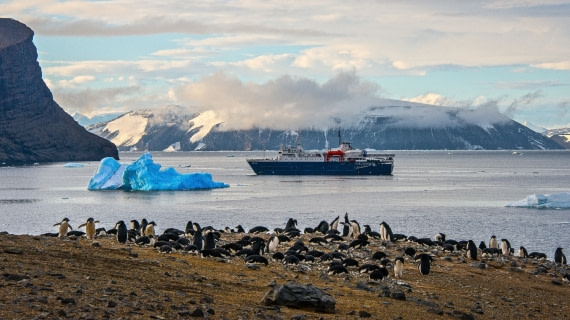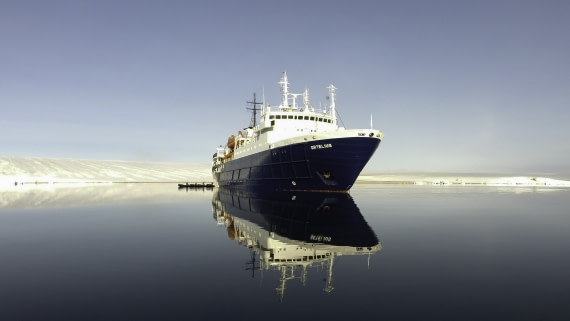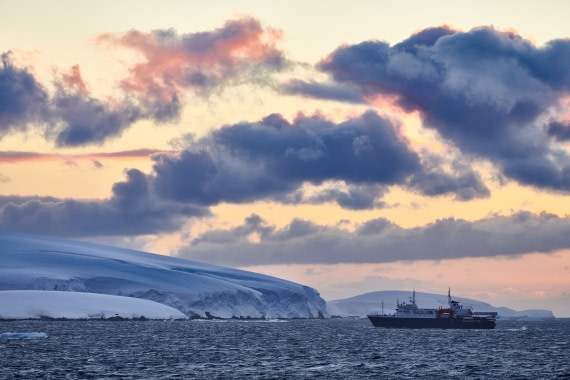| Datum: | 14.01.2023 |
| Position: | 54°48.6'S / 68°17.8'W |
| Wind: | Var 1-2 |
| Wetter: | Bewölkt |
| Lufttemperatur: | +6 |
Der Tag war endlich gekommen: Es war Zeit, an Bord der Ortelius zu gehen und unsere Expeditionsreise ins Rossmeer anzutreten! Es war ein wunderschöner Tag, als wir im Hafen von Ushuaia ankamen. Die Sonne schien und es wehte eine leichte Brise Wind. Das Expeditionsteam und das Hotelpersonal hatten unser Gepäck bereits an Bord gebracht und zu unseren Kabinen gebracht, so dass wir nur noch die Gangway zur Rezeption hinaufgehen mussten, um unsere Kabinenschlüssel zu erhalten. Wir konnten unsere Aufregung kaum zügeln!
Wir wurden von der gesamten Besatzung und dem Personal herzlich empfangen, die uns bei der Suche nach unseren Kabinen behilflich waren. Wir hatten ein wenig Zeit, das Schiff zu erkunden und uns zu orientieren, bevor wir die obligatorische Sicherheitseinweisung von Expeditionsleiter Christian und dem Ersten Offizier Mikael erhielten. Wir erhielten alle notwendigen Informationen, z. B. wie wir uns sicher auf dem Schiff bewegen können, was wir dürfen und was nicht, und wie wir unsere Rettungswesten im Notfall anlegen. Dann war es Zeit für eine Übung zum Verlassen des Schiffes. Nachdem wir sieben kurze und einen langen Hupton gehört hatten, gingen wir in unsere Kabinen, holten unsere Rettungswesten und gingen zu unseren Sammelplätzen (entweder im Restaurant oder in der Bar). Dann wurden wir zu unseren Rettungsbooten geführt, damit wir wussten, wohin wir im Ernstfall gehen mussten.
Danach gab Hotelmanager Stephen eine Willkommensbesprechung, in der er uns erklärte, wie das Leben auf dem Schiff in den kommenden Tagen ablaufen würde.
Dann war es an der Zeit, mit Kapitän Mika Appel in der Bar auf die bevorstehende Reise anzustoßen. Prost, alle zusammen! Die Ortelius verließ den Hafen und legte ab, um die Reise durch den Beagle-Kanal zu beginnen. Dann war es Zeit für unser erstes Abendessen an Bord, mit einer köstlichen Buffetauswahl, die von Küchenchef Heinz und seinem Kombüsen-Team bereitgestellt und von unserem freundlichen Speisesaalpersonal serviert wurde. Nach dem Essen bekamen wir unsere Muck Boots, die wir später auf unserer Reise für die Landgänge benutzen würden.
Nach dem Abendessen hatten wir Zeit, auf die offenen Decks zu gehen, um die atemberaubende Landschaft zu genießen und nach Wildtieren Ausschau zu halten. Das Licht war fantastisch, und die Sonnenstrahlen brachen durch die Wolken über die Berge auf unserer Steuerbordseite. Wir sahen unsere ersten Schwarzbrauenalbatrosse, Magellanpinguine, Riesensturmvögel, Chileskuas und Südamerikanische Seeschwalben. Nach einem langen Reisetag war es für die meisten von uns Zeit, ins Bett zu gehen, um sich vor dem morgigen ersten Tag der berüchtigten Drake-Passage etwas auszuruhen.
